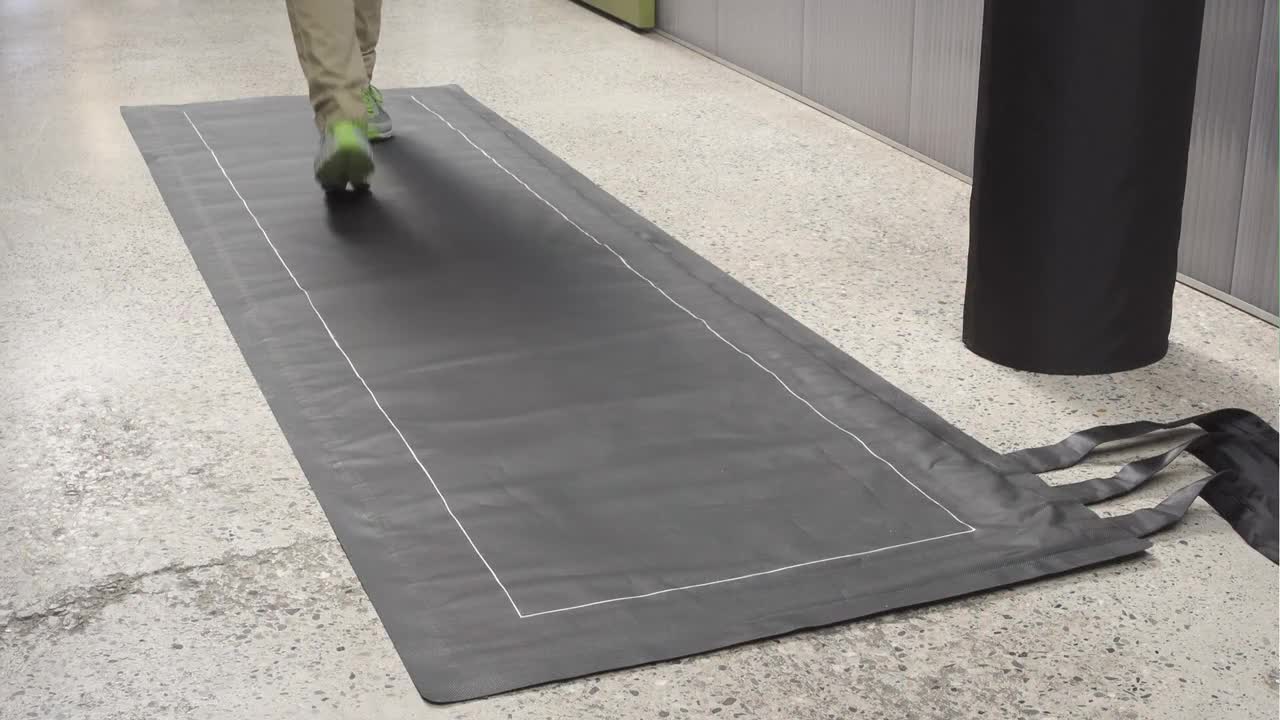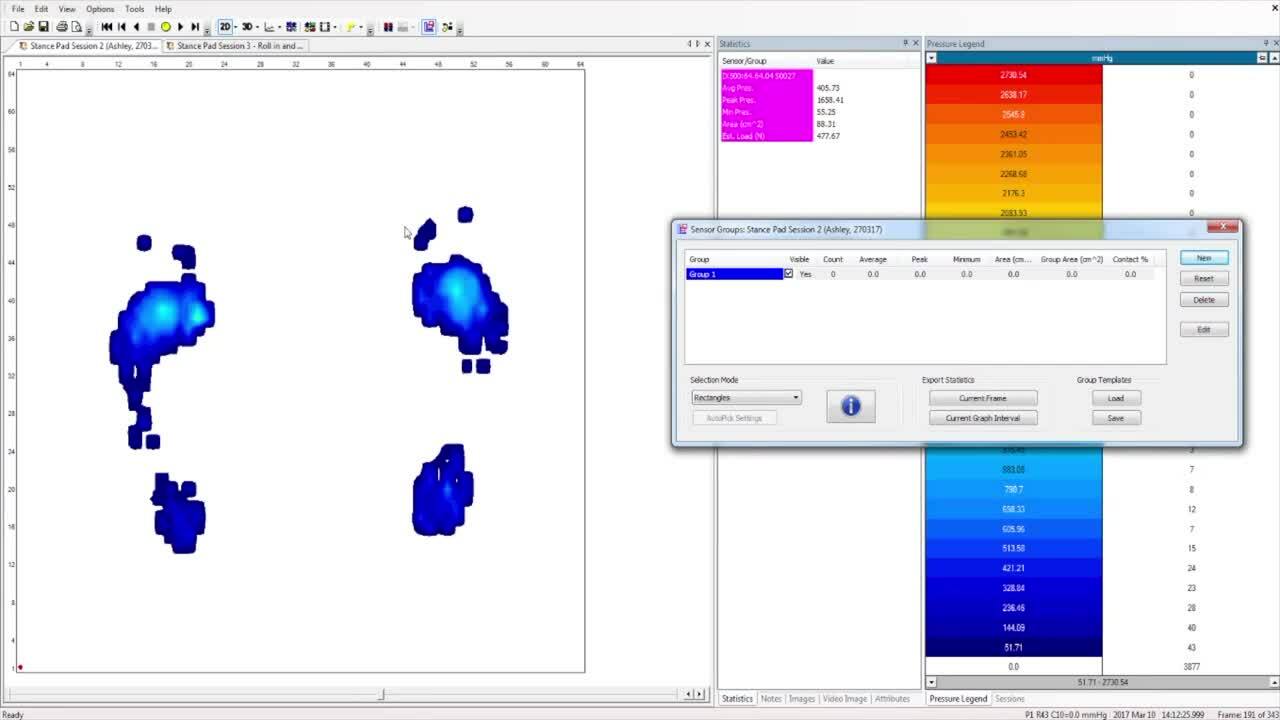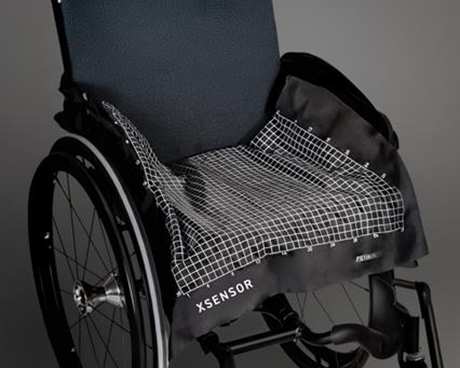Walkway & Stance Pads
XSENSOR's Walkway and Stance Pad sensors enable clinicians and human performance professionals to analyze plantar pressure and gait.
Many walkway and stance pad systems lack the sensor resolution and sampling frequency to adequately capture standing and walking plantar pressure data. If your data is incomplete or inaccurate, your assessment strategy may not be the right fit for your patient.
Download White PaperDownload Brochure
Overview
WALKWAY SENSOR
Accurately analyze walking or striding plantar pressure data.
Capture plantar pressure distribution data for several gait cycles to assess baseline, rehab progress, and interventions.
Get quality data with high-resolution repeatable measurements.
With an ultra-low profile and portable design, biomechanics professionals, clinicians, and researchers can assess gait in the clinic, lab, office, or anywhere with a flat surface.
01

STANCE PAD Sensor
Capture high-quality balance, pressure distribution, and stance data.
Use the high-resolution Stance Pad sensor to capture standing or striding plantar pressure data.
Understand your clients peak pressure points and assess balance and stability to validate your recommendations for rehabilitation or injury prevention.
The compact and durable design makes it an ideal fit for a clinic or lab.
02


POWERFUL Software
Review and analyze data with highest-quality visualizations.
Easy-to-use, full-featured software provides high-quality images with detailed statistics for assessing individual recordings and comparisons for pre/post-intervention analysis. Flexible customizable reports.
03
Specifications & Performance
The quick set-up Walkway and Stance Pad sensors are ready to collect static or dynamic data in minutes.
The portable sensors are ideal for clinics and gait labs where space needs to be flexible.
Capture high-resolution repeatable gait and plantar pressure distribution data.

Accurate, repeatable sensors with ±5% full-scale error and fast sensor response provide rich datasets for analysis.

High-resolution 5 mm (0.25") stance sensors capture quality plantar surface pressure data, walkway 1 cm (0.5") captures accurate gait symmetry and pressure distributions barefoot or with footwear.

Durable construction and factory calibration means the sensors are reliable for continuous use in gait lab and clinical performance testing.

Advanced AI-powered gait analysis tools provide insights for clinical gait or biomechanics research.
Walkway & Stance Pad Sensors
Sensor
Resolution mm (In.)
Use Case
Pressure Range N/CM2 (PSI)
Sensing area cm x cm
(In. x In.)
IX510:64.64.04
6.4 x 6.4 (0.25 x 0.25)
Pedography
0.67 - 68 (1 - 100)
25.4 x 25.4 (10 x 10)
IX500:40.192.02
12.7 (0.5)
Gait Analysis
0.67 - 88 (1 - 128)
243 x 51 (95 x 20)
Ebook
7 Things to Consider When Choosing a Gait Analysis System
Learn how the best plantar pressure and gait analysis technology can help you where athletic activities are meant to take place: out of the lab.
In this ebook, we’ll explore what you should consider when seeking lab quality data in the field.

Need more information?
Let's talk.
We’d love to hear how we can match you with a solution that meets your needs.
Book a Demo












